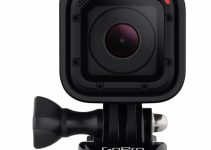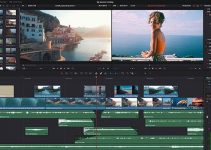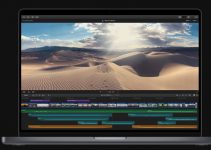After overcoming two main obstacles – finishing the film script and securing financing, you will enter the pre-production stage of your film. At this stage you will need to create an efficient shot list, the first step of scheduling the production. To prepare an efficient shot list you will need to consider factors, in descending order of importance, such as major locations and time of day, camera setup angle, shot size, on-set logistics and pick-ups.
Location and Time of Day
Although shooting in “script order” might sound a reasonable and straight forward scheduling approach, films are almost never shot in chronological order. The first factor when developing a shot list is location and time of day. The shooting schedule is organised by location thus all scenes, regardless of where they occur in the script – the beginning, middle or end, which happen in the same location are shot together.
For example, if your script has four scenes in a house intermingled with restaurant scenes, you will need to group the house scenes, group the restaurant scenes and shoot each group back-to-back. Grouping the scenes by location creates production efficiencies by saving time in travelling between locations and reducing the number of camera, lighting, and sound set-ups.
Although you can shoot day for night, you also need to consider what time of day the scene being shot takes place. If you are shooting several scenes in the same location, you want to start any morning scenes first and then move on to night scenes in the afternoon or evening.
Camera Setup Angle
By camera setup in this instance, I mean the physical placement of the camera for each shot. After placing the camera and framing the shot, the production department ensures that the set seen by the camera is properly dressed and the required set pieces and props are in the right places, the lighting department makes sure that the scene is lit properly and consistently, and the sound department checks that no wires and/or booms are visible in the frame. As all setups and checks by the various departments require time, shots with similar setups need to be grouped on the shot list.
Shot size
The shot list is further organised from wide shots to close-ups. We start from wide shots because of several reasons. As the camera sees the majority of the set and actors in a wide shot, the scene setup requires more attention in terms of lighting, props, dressing, etc. If on the day of shooting the scene time runs out, it is much easier to re-shoot a close up rather than a master shot.
Close-ups do not require all actors involved in a scene. The scene can be shot later with fewer people and even a cheat can be created for the location if it is no longer available when re-shooting. Staring with a broadest lighting setup and consequently adjusting for a close-up is also much easier as the lighting department will not need to re-light the entire scene for a wide shot after a close-up.
On-Set Logistics
On-set logistics requires the use of common sense and is a must for scenes involving crowds. For example, if you are shooting in a club where many people are dancing and shouting whilst two characters are sitting to the side and talking and you plan to cut back and forth between the conversation and the dancing people, you need to consider what would be the best shooting approach for this scene.
You can start with master shots of the dancing people, shoot over-the-shoulder shots of the talking characters whilst people are dancing in the background and then move on to close-ups for the conversation AFTER sending the dancing extras home. Applying common sense saves time and money and helps you avoid keeping your cast and crew waiting around for their shots.
Pick-Up Shots
Pick-up shots do not require actors on set as these include landscapes, location establishing shots, and shots of objects. Such shots need only skeleton crew or are shot by the 2nd unit on major productions while everyone goes home or are shot at another time altogether.
Exceptional Considerations
There are times when the shot list you have put together just does not work and gets thrown out of the window. An actor gets sick, an actor’s wife goes into labour, the location floods, etc. etc. etc. Anything can happen when shooting a film. You just need to stay calm, have Plan B, C and D and most importantly have fun while shooting!
[via Mastering Film]
Disclaimer: As an Amazon Associate partner and participant in B&H and other affiliate programmes, we earn a small comission from each purchase made through the affiliate links listed above at no additional cost to you.




